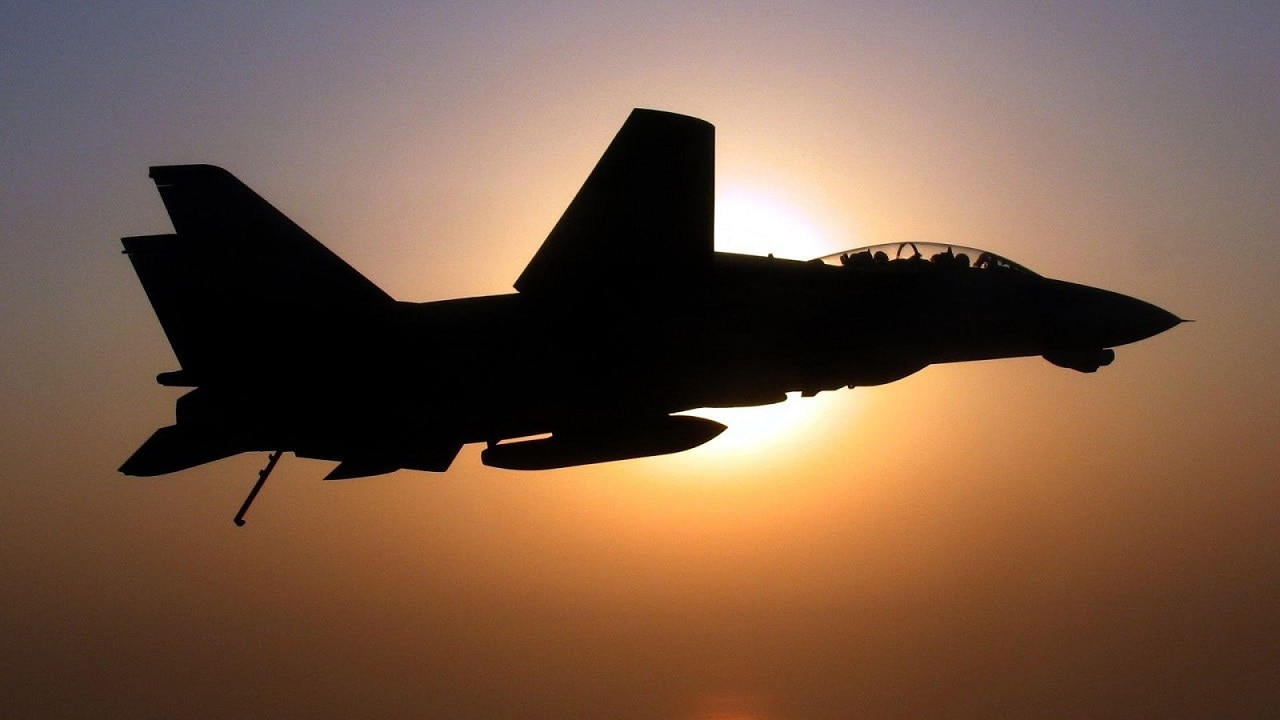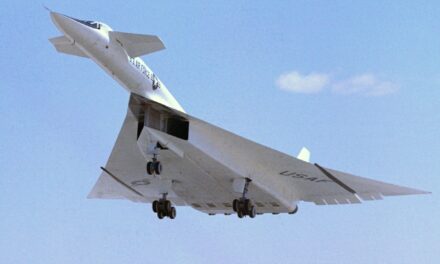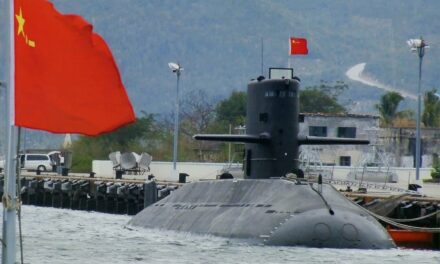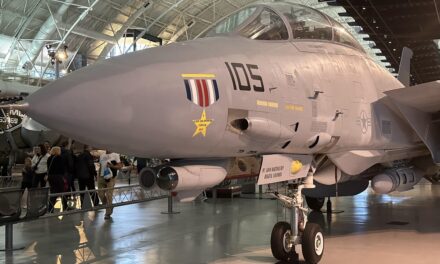We support our Publishers and Content Creators. You can view this story on their website by CLICKING HERE.
Key Points: The F-14 Tomcat remains one of the most iconic fighter jets in aviation history, revered for its variable-sweep wings, twin-seat configuration with a Radio Intercept Officer (RIO), and its ability to carry a formidable 13,000-pound ordnance load.
-The Navy truly misses the overall range of the fighter at over 1,800 miles, something the new F-35 and F/A-18 can’t come close to matching.
-The upgraded F-14B, with General Electric F101DFE and later F110-GE-400 engines, brought unmatched thrust and agility, making it a Cold War powerhouse.
-Though retired, the Tomcat’s legacy endures as a symbol of U.S. naval aviation and a source of nostalgia for enthusiasts worldwide.
Why the F-14 Tomcat Remains the Most Iconic Fighter Jet Ever Built
In 2006, I was fresh out of the Army in Washington, DC, looking for something to do. I found out that the F-14 Tomcat was having its final retirement ceremony in September after 36 years of service. I quickly asked the organizers for an invitation to the event in Virginia.
They asked me about my connection to the F-14; was I in naval aviation or some pilot? I admitted to being a lowly former Army infantry officer and aviation enthusiast. They were not impressed. I was not invited to the ceremony, but I wish I had because I had a long-term adoration for the F-14 Tomcat.
Fateful Naval Academy Interview
Years earlier, I had attempted to gain admission to the U.S. Naval Academy. I received the Congressional nomination but not the final appointment to USNA.
I think the problem was that I did not ace the interview because when asked why I wanted to be an officer, I replied that I had watched Top Gun, fallen in love with the F-14, and then wanted to be a naval aviator.
My alumni interviewer said he heard that all the time and that I would have to devise a better reason to lead sailors in the Navy. No Naval Academy for me.
The Book That Aroused My Curiosity About the F-14
One book that got me hooked on the F-14 was a volume called Keepers of the Sea by Edward L. Beach and Fred J. Maroon. The book had a tremendous full-spread photo of the F-14 with a cool “Jolly Roger” skull and bones logo on the tailfin.
An F-14 Tomcat aircraft makes an arrested landing on the flight deck of the nuclear-powered aircraft carrier USS DWIGHT D. EISENHOWER (CVN-69). The F-14 is assigned to Fighter Squadron 142 (VF-142).
This was an F-14 from the famous Jolly Rogers VF-84 squadron that had also appeared in the movie The Final Countdown. The Tomcat looked awesome with this Jolly Roger aircraft livery. It was the essence of a powerful and dangerous fighter plane.
How about a trip down memory lane and allow me to unveil some details about the F-14? I’ll take a closer look at the F-14B once I go over some of the basics of the F-14.
Swinging Those Wings
The most interesting part of the F-14 and what excited me was the variable geometry wings and the swing-wing mechanism. This could improve performance by allowing the wings to go forward or backward: to the fore for slowing down to land on carriers with optimum lift and to the aft for better speed, aerodynamics, and agility in a dogfight.
Blame It On RIO
Another thing I liked was that the F-14 had a backseat RIO or Radio Intercept Officer. This not only laid the foundation for the irresistible interplay between Maverick and Goose in Top Gun, but it also allowed for more effective aerial combat capability with an extra set of eyes and ears on board.
The pair worked as a team for better navigation, target acquisition, electronic countermeasures, and weapons firing.

F-14 Tomcat. Image Credit: Creative Commons.
Chock Full of Weapons
The other significant part of the F-14 was its ability to carry 13,000 pounds of ordnance, including Sidewinders, Sparrows, and Phoenix missiles. It could be outfitted with several different weights of bombs, including cluster bombs. All of this for a cost of $38 million per Tomcat.
New Engines Made the Difference
The F-14B came about in 1981 when the engines were replaced with the General Electric F101DFE (Derivative Fighter Engine).
As ANFT.net described, flying it was an eye-opening experience. “Grumman test pilots discovered that the F-14B could accelerate from Mach 0.8 to Mach 1.8 in just 90 seconds and the Navy found out, that the F-14B could launch from a catapult without the use of afterburners. Further, for the first time in the F-14’s lifetime, pilots talked of ‘flying the aircraft and not the engines.’”
These engines had an awesome 65,000 pounds of thrust, enabling fast, vertical climbs. In 1984, the F-14B received an even bigger and more modern powerplant with the General Electric F110-GE-400 engines.
F-14As were also upgraded with this engine to become the F-14A(PLUS). All F-14A(PLUS) models became F-14Bs by 1991.

Image: Creative Commons.
The F-14 Tomcat has to go down as one of my favorite fighters. Yes, that book on the navy and the famous movie helped spur my imagination to new heights. But the airplane itself was a significant factor during the latter part of the Cold War and beyond. The Soviets were quite aware of it and likely feared going head-to-head with the Tomcat.
To this day, pilots, their RIOs, and their crews will look back with nostalgia when they think about the Tomcat landing and taking off from carriers. The F-14 was definitely a keeper of the sea.
About the Author: Dr. Brent M. Eastwood
Brent M. Eastwood, PhD, is the author of Don’t Turn Your Back On the World: a Conservative Foreign Policy and Humans, Machines, and Data: Future Trends in Warfare, plus two other books. Brent was the founder and CEO of a tech firm that predicted world events using artificial intelligence. He served as a legislative fellow for U.S. Senator Tim Scott and advised the senator on defense and foreign policy issues. He has taught at American University, George Washington University, and George Mason University. Brent is a former U.S. Army Infantry officer. He can be followed on X @BMEastwood.

 Conservative
Conservative  Search
Search Trending
Trending Current News
Current News 





